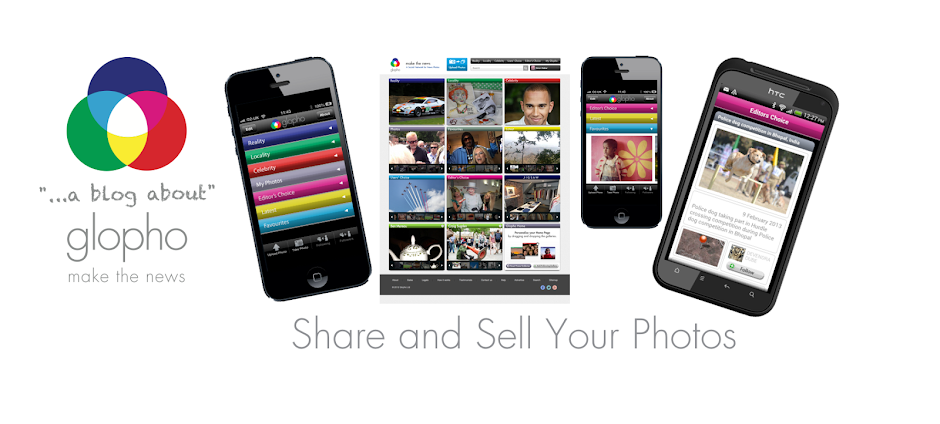A number of recent events have brought photo-sharing into
the spotlight and it made us realise that there’s no wonder there’s a lot of
confusion about relating to privacy, copyright and ownership.
The helicopter crash in London earlier this week is a prime example
of how user-generated, or user-captured images and video were the first to
report events as they unfolded. It proved again that unexpected events cannot
be covered as quickly by an army of press photographers and freelancers – you simply
cannot get to the scene quicker than someone who is at the scene already.
The Evening Standard used one of the pictures posted by
@craiglet, without their express permission, although they have confirmed that
they were unable to contact the user and would be happy to discuss compensation
with them if it was sought.
Most news outlets acknowledge that the owner of the picture
remains the user that posted it, and Twitter’s own Terms of Service do nothing
to change that, but they do give Twitter the licence to use any content,
including pictures, if they want to, and also to sub-licence that content to
pretty much anyone.
So why then the backlash in Instagram Terms of Service(to take
effect Saturday 19th January 2013)? Their changes effectively bring
their TOS in line with that of Twitter in many senses. Perhaps it is the change that people are concerned about,
as well as the manner in which they went about it. What had been a free to use
service with some very simple rules was now apparently trying to assume ownership
of users’ content. They have since changed the wording but they ultimately retain
a position that your use of the service grants Instagram and the group of companies
to which it belongs, a comprehensive licence, and permission to sub-licence user
content.
And in a more recent if somewhat less amplified move, Getty
and Google have agreed terms giving all Google Apps users access to several
thousand Getty Images, produced by Getty and Flickr users, for free (reported on aphotoeditor.com). The
reported fee received by photographers is just $12 as a one off payment. This
could of course see those images used many thousands of times each in
presentations and company documents without being credited (all of the meta
data has been removed), and without the photographer being paid any more each
time.
What seems to be becoming more and more apparent is that for
a few years users have been happily generating content. It’s fun, it’s
engaging, and we see a lot of it going on. But there comes a point, when
another organisation wants to profit
from that content that expectations are starting to change. Users are
increasingly aware that their picture might help sell more newspapers or drive
more traffic to your website, or it might help your company document be more
impactful or close a sale opportunity, and it therefore has a monetary value. The
user is increasingly empowered – even encouraged by others – to claim what is
rightfully theirs, and we think these instances are beginning to indicate a
shift, not way from content sharing, but certainly towards an understanding
that content producers deserve to be paid, and at very least credited, for
their contribution.
